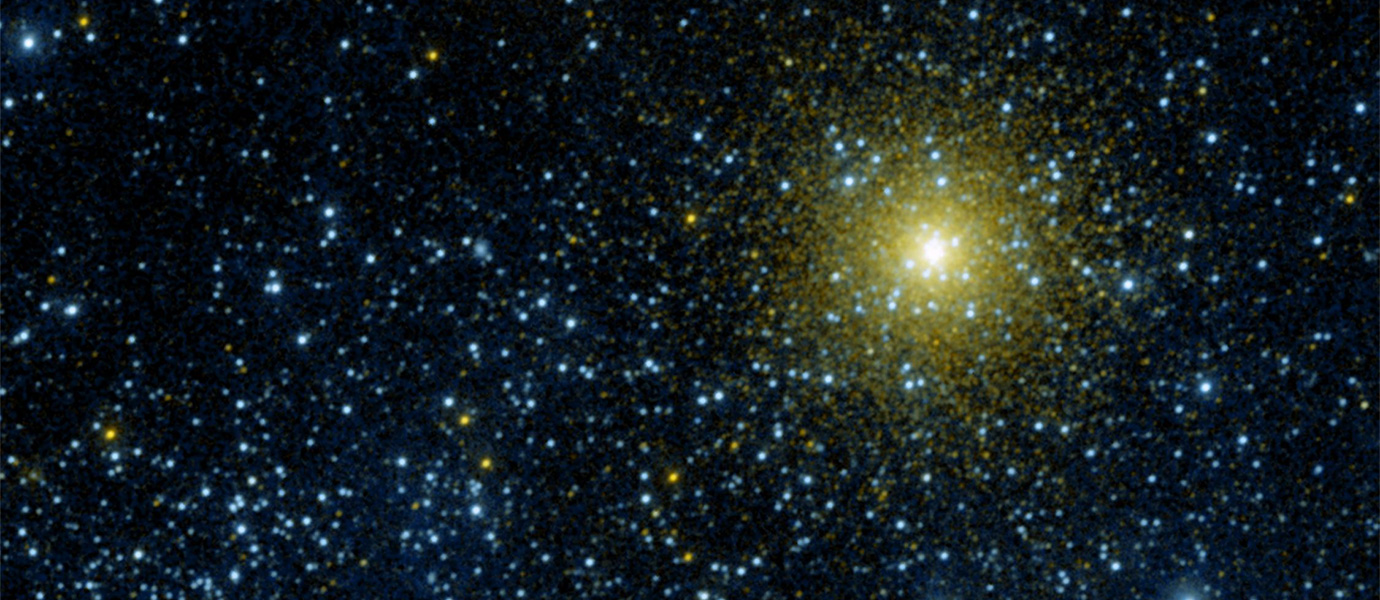ABOUT
WVHS Planetarium
In 1975, the Waubonsie Valley High School Planetarium opened with the high school. The WVHS Planetarium serves students of Indian Prairie School District 204 by providing astronomy programs to students at their grade level, as well as opening its doors to the local community. The WVHS Planetarium was selected by NASA to participate in a national unveiling of a new image of the Pinwheel Galaxy (M101)- it was one out of only 118 sites!
contact info
Hrs: Tue., Thu., Fri. By appointment.
HELPFUL LESSON PLAN(S)
Prepared by FieldTripDirectory.com
Planetarium Lesson Plan
FUN FACTS
Earth has more exposed water than land. Three quarters of the Earth is covered by water! The earth has one moon.
Venus is the brightest planet in our sky and can sometimes be seen with the naked eye if you know where to look. It is the solar system’s brightest planet — yellow clouds of sulfuric acid reflect the sun’s light.
Jupiter is so big that you could fit all the other planets in the solar system inside it.
Pluto is no longer considered a planet — instead, astronomers call it a dwarf planet or planetoid.
View Lesson Plan>>ABOUT
WVHS Planetarium
In 1975, the Waubonsie Valley High School Planetarium opened with the high school. The WVHS Planetarium serves students of Indian Prairie School District 204 by providing astronomy programs to students at their grade level, as well as opening its doors to the local community. The WVHS Planetarium was selected by NASA to participate in a national unveiling of a new image of the Pinwheel Galaxy (M101)- it was one out of only 118 sites!
contact info
Hrs: Tuesdays at 5PM, or by appointment.
HELPFUL LESSON PLAN(S)
Prepared by FieldTripDirectory.com
Planetarium Lesson Plan
FUN FACTS
Earth has more exposed water than land. Three quarters of the Earth is covered by water! The earth has one moon.
Venus is the brightest planet in our sky and can sometimes be seen with the naked eye if you know where to look. It is the solar system’s brightest planet — yellow clouds of sulfuric acid reflect the sun’s light.
Jupiter is so big that you could fit all the other planets in the solar system inside it.
Pluto is no longer considered a planet — instead, astronomers call it a dwarf planet or planetoid.
View Lesson Plan>>ABOUT
WVHS Planetarium
In 1975, the Waubonsie Valley High School Planetarium opened with the high school. The WVHS Planetarium serves students of Indian Prairie School District 204 by providing astronomy programs to students at their grade level, as well as opening its doors to the local community. The WVHS Planetarium was selected by NASA to participate in a national unveiling of a new image of the Pinwheel Galaxy (M101)- it was one out of only 118 sites!
contact info
Hrs: Tue., Thu., Fri. By appointment.
HELPFUL LESSON PLAN(S)
Prepared by FieldTripDirectory.com
Planetarium Lesson Plan
FUN FACTS
Earth has more exposed water than land. Three quarters of the Earth is covered by water! The earth has one moon.
Venus is the brightest planet in our sky and can sometimes be seen with the naked eye if you know where to look. It is the solar system’s brightest planet — yellow clouds of sulfuric acid reflect the sun’s light.
Jupiter is so big that you could fit all the other planets in the solar system inside it.
Pluto is no longer considered a planet — instead, astronomers call it a dwarf planet or planetoid.
View Lesson Plan>>
